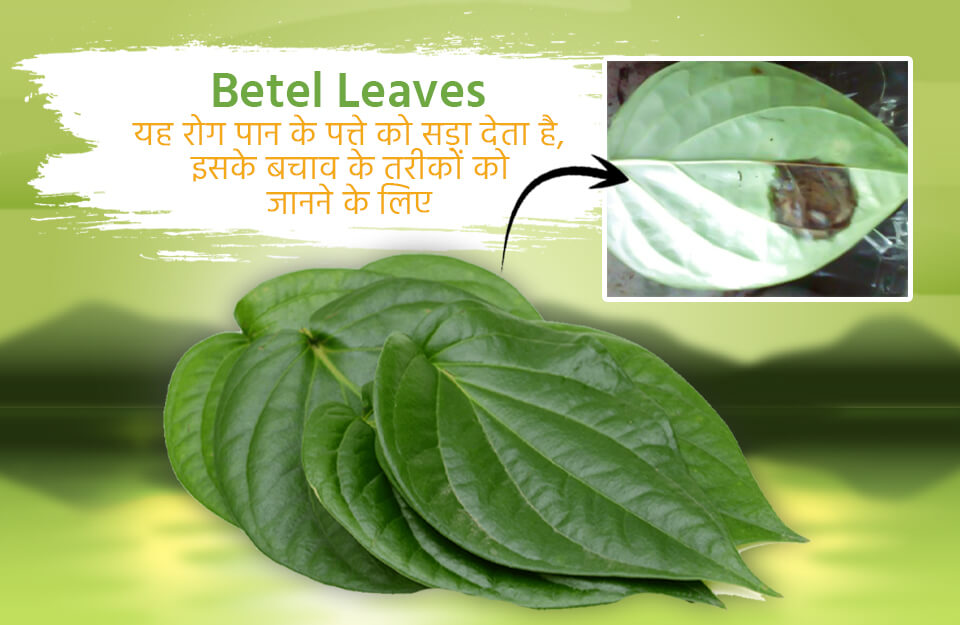
Betel leaves have been a staple in our country for centuries, leading to its widespread cultivation across various regions for an extended period. Growing betel leaves proves to be a lucrative endeavor for numerous farmers due to the consistent market demand throughout the year. In India, betel leaf cultivation spans an area of approximately 50,000 hectares, earning its reputation as a cash crop. However, farmers engaged in betel leaf cultivation encounter a substantial challenge as the leaves are susceptible to diseases, emphasizing the need for crop protection.
While moisture is indispensable for betel leaf cultivation, it sometimes exacerbates specific diseases, such as Bacterial Leaf Blight. This ailment adversely affects the entire betel leaf, inflicting significant damage on farmers. Consequently, understanding preventive measures becomes crucial to safeguard the betel leaf crop.
Farmers must be vigilant about recognizing the signs of Bacterial Leaf Blight in betel leaves. According to experts, the manifestation of this disease includes the emergence of black, round spots on the leaves. The disease rapidly proliferates in humid conditions, potentially encircling the petiole and leading to the breakage or drying up of affected vines. Blackening of bell clusters and the development of irregular brown patches with an unusual shape on the leaves are additional symptoms. Timely preventive actions can ensure the success of betel leaf cultivation.
Upon detecting symptoms of Bacterial Leaf Blight in betel leaves, farmers should promptly apply Dithane M-45 (0.3%) or Bavistin (0.1%) to the leaves. These chemicals have demonstrated efficacy against the disease. According to specialists, the application of these chemicals two to three times can effectively curb the spread of the ailment.
Experts recommend that treating betel leaf stems during planting and management is pivotal. To achieve this, before sowing, the soil undergoes treatment with a mixture of 500 ppm Streptomycin and 50% Bordeaux mixture. Additionally, before planting, the aforementioned mixture is utilized to shield the vines from fungi and bacteria. By embracing these preventive measures, farmers can ensure prosperous and disease-free betel leaf cultivation.